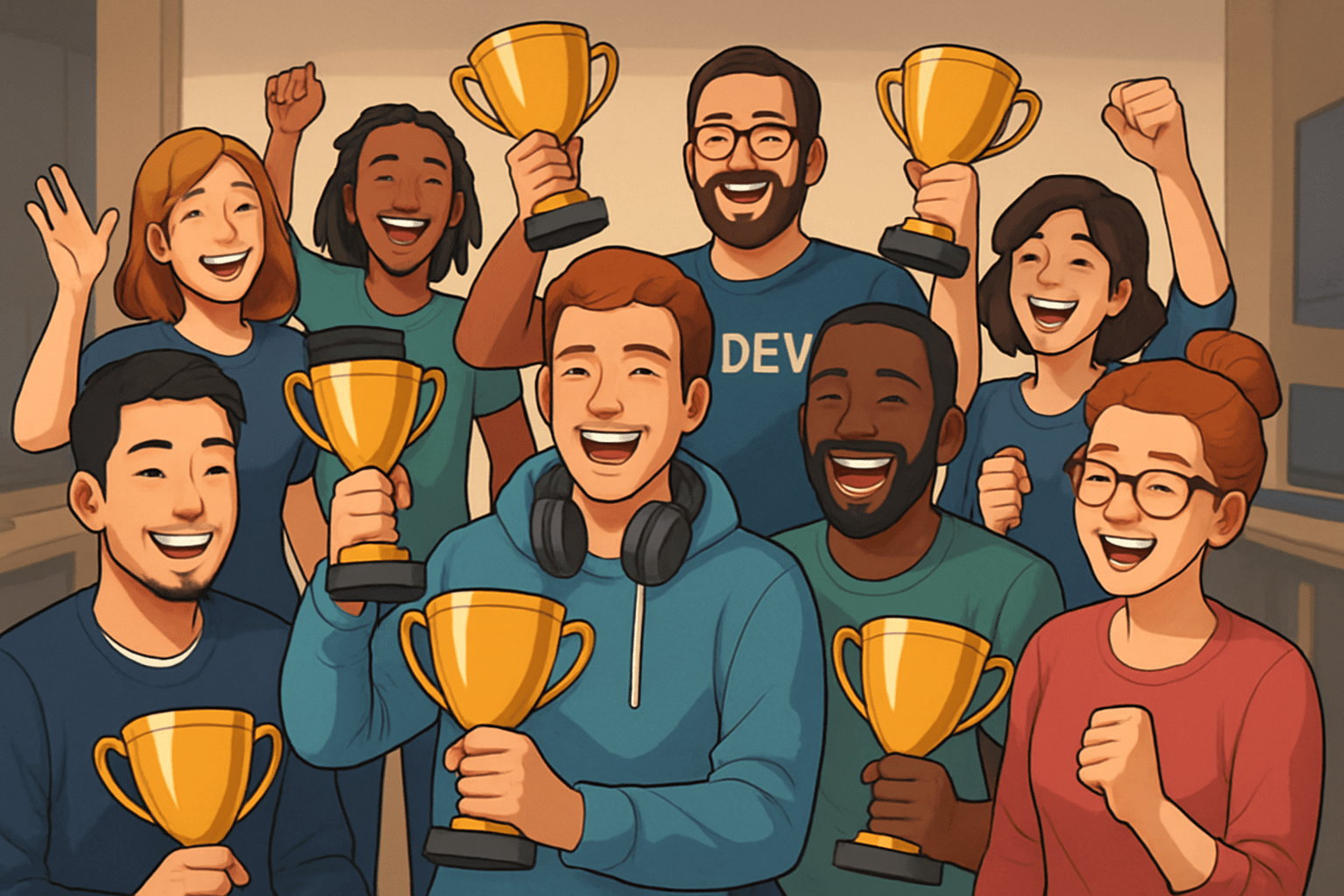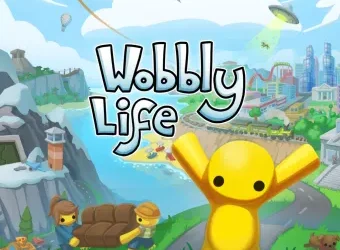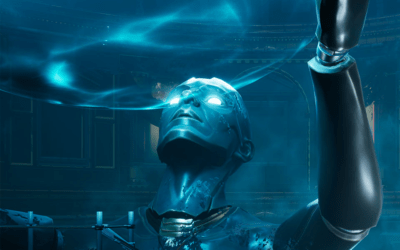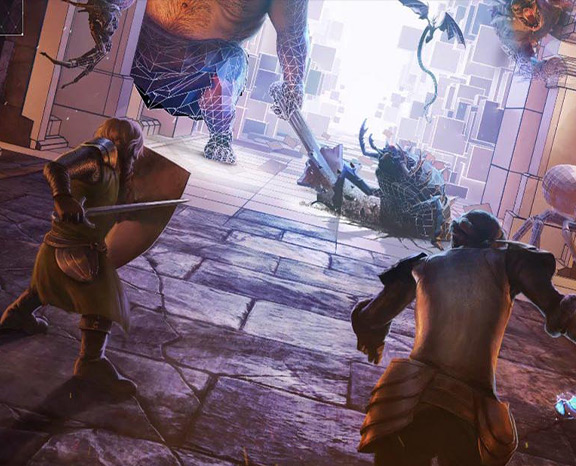Launching in 2026? You Have Just 7 Months
Next year is gearing up to be one of the biggest, most consequential for the games industry in recent memory.
Things are moving fast. As TheGamer’s Stacey Henley notes, Grand Theft Auto VI’s shift to November completely changes the plan for anyone else launching a game in 2026. Massive titles like 007 First Light, Fable, Gears of War: E-Day, and Insomniac’s Marvel’s Wolverine are also on the horizon. These are huge games that will take up a lot of headspace with the media and influencers.
On top of that, where gamers get their news is shifting. Traditional news sites are shrinking staff, which means there are fewer journalists and less space to get coverage. At the same time, the industry has continued its shift towards content creators on TikTok and YouTube.
This article is for anyone launching a game in 2026, whether you’re a large publisher or a solo indie developer. Here is the roadmap you need to navigate the major trends and pitfalls ahead.
A Tale of Two Halves: Navigating the GTA 6 Launch Window

The market in 2026 isn’t just one long year; it’s really two very different halves, and this split should dictate all your timing and spending decisions.
The launch of GTA 6 on November 19 creates a massive gravitational pull in the industry. From October 2026 through January 2027, that single game is going to command a significant share of attention from mainstream media and general content creators. For developers launching a new IP or major game during this Q4 window, success will come from navigating this landscape carefully rather than competing directly for broad awareness.
The key is to have a focused plan that targets the specific media and creators who are most likely to cover your game based on its genre and personal interest. While the general conversation might be dominated by GTA 6, there are always communities and creators hungry for specific types of experiences—whether that’s RPGs, strategy, or cozy indie titles—who won’t be solely focused on Rockstar’s behemoth. It’s about finding the pockets of engagement that the big games won’t reach.
This shift also creates a ripple effect for the rest of the year. We expect other major titles, like Marvel’s Wolverine, to potentially adjust their timing to earlier in the fall to secure their own spotlight. This naturally makes late Q3 (September) a busier time for big releases.
The real story of the GTA 6 shift is the opportunity it creates in the spring. The “Golden Window” for high-value releases is now the second quarter of 2026, from April to June. This period is a strategic safe harbor. It sits perfectly between a crowded start to the year—which includes Nioh 3 and Crimson Desert—and the heavy hitters at the end of the year. Essentially, many major launch and marketing campaigns will find their best traction between Q1 and Q3.
Showcases and Events: The New Global Gauntlet

With E3 gone, the new online showcases and in-person events popping up are the void in a new way. These are big opportunities to get your game in front of players, the press, and influencers.
For in-person events, the year kicks off in March with GDC and PAX East. GDC is great for business-to-business connections and industry press, while PAX East is the cornerstone for getting hands-on time with the US community. Later in the year, Gamescom in August remains the world’s largest event and is essential for the European market, followed by the Tokyo Game Show in September for reach in Japan and Asia.
On the digital showcase side, there are several key moments. IGN Fan Fest in February and October is a high-profile partner showcase perfect for exclusive reveals. Steam Next Fest (happening in February, June, and October) is a massive, free event owned by the platform that is crucial for driving wishlists—just remember you can only do it once before launch. In June, Summer Game Fest has become the de facto replacement for E3, serving as the single most important global reveal moment. Other curated shows like the Future Games Show and the Triple-I Initiative offer high reach and editorial quality for trailers and updates throughout the spring.
For both indie and AAA titles, the most valuable spots are the ones you get through editorial invitation, not the ones you pay for. Securing a place in a high-profile, curated showcase like Wholesome Snack or the Triple-I Initiative offers a level of trust and credibility that money can’t buy. We’ve seen first hand how these earned opportunities deliver better organic reach and higher-quality wishlist conversions than paid slots.
The Golden Window Strategy

Since March through September is the ideal launch window, you need a strategy that fits your revenue model. A typical campaign focused on a Q2 launch might look like this:
You start your prep in December 2025 by finalizing your key messaging and deep-diving into competitive analysis – watching out for that “Wolverine Domino”. By January, you’re kicking off internally, finishing your final launch trailer and Steam store assets, and pitching for exclusive previews in March.
The campaign really heats up in February. You start building wishlists with an initial discovery campaign using micro-influencers on TikTok and Shorts, while also reaching out to media for appointments at GDC or PAX. March is about industry presence at those events, securing partnerships and technical press coverage.
In April, you announce a launch date, ideally accompanied by an exclusive deep-dive feature with a major outlet like IGN. June brings the global reveal at Summer Game Fest with a new high-production trailer, alongside a playable demo for Steam Next Fest. Throughout July, you focus on converting that interest with a sustained influencer campaign, targeting long-form engagement on YouTube and Twitch. Finally, if you have a slot, you use Gamescom in August for final pre-launch hype before executing your primary launch goal in Q2 or Q3.
How Partnering with an Integrated PR Agency Can Help

The landscape in 2026 is too chaotic and driven by creators to handle with a fragmented approach. You need a partner who brings deep knowledge and a unified strategy.
We believe in a coordinated effort where PR and influencers work together in sync with development and community, especially when marketing to a global marketplace. Traditional PR is still essential for credibility, explaining features, and optimizing for search engines. But influencers are becoming a primary sales driver because audiences trust creators who feel like peers. The best approach is a hybrid one: strategically paying for a few top macro-creators for mass awareness, while relying on organic outreach to a large pool of micro and mid-tier influencers for high engagement and trust. We also prioritize “Journalist-Influencers”- channels like Kinda Funny that combine journalistic credibility with direct video reach.
An agency like Reverb also brings institutional knowledge and execution. We maintain strong relationships with first-party platforms like Valve, Microsoft Xbox, and Sony PlayStation. This is crucial for getting those high-impact opportunities that aren’t driven by PR, like platform sales features or visibility on store dashboards. We have the experience to navigate market pitfalls, like the GTA 6 domino effect, using decades of real-world experience and personal contacts.
Ultimately, you need a team that can build a campaign that covers everything synergistically – PR, influencer outreach, creative services, and marketing – telling a seamless story across every platform.
Conclusion
2026 is going to be an epic year for games. People will likely talk about it as an industry-defining year for a long time to come. Navigate it correctly with a good partner like Reverb.
Ready to turn the market’s chaos into your competitive advantage? Book a 30-minute consultation now.
Recent Blog Posts
Wobbly Life 1.0 Launch Case Study | Reverb PR
Wobbly Life 1.0 Launch Case Study The Challenge When RubberBand Games came to us for help with launching Wobbly Life out of Early Access, they...
Somber Echoes Console Launch Case Study
Somber Echoes Console Launch Case Study The Challenge Somber Echoes launched on Steam to very positive user reviews, but the game largely flew under...
The Power of a Trailer: Changing How Players See Your Game
The Power of a Trailer: Changing How Players See Your Game A look behind the scenes of Noble Legacy and the power of professional game trailers At...
Contact REVERB for a free consultation







